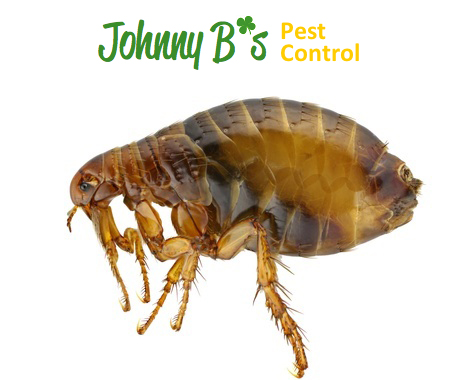For many people, a life without tomatoes would not be worth living. Today tomatoes are under attack from insect pest species in just about every location where they are cultivated. This comes as bad news for people who find tomatoes to be the most essential ingredient in a Subway sandwich. People have been breeding tomatoes for such a long time that many insects have learned to enjoy the taste of tomatoes. Heavy tomato cultivation over the centuries has resulted in tomatoes losing their natural resistance to insect pest attacks. Wild tomatoes, however, are not as susceptible to insect pest damage as cultivated tomatoes are. The insect pest problem facing tomatoes has been explored by several researchers who believe that breeding wild tomatoes with traditional tomatoes can give the fruit a greater resistance to insect pests. The problem with this method is that wild tomatoes are not closely related to cultivated tomatoes, and researchers have yet to successfully interbreed a wild tomato species with the traditionally cultivated ones. Luckily for tomato-lovers all over the world, a particular breed of tomato that grows naturally on the Galapagos Islands can make for an ideal mating partner with cultivated tomatoes. If these two tomato breeds were to successfully interbreed, then cultivated tomatoes may become more resistant to insect pest attacks.
It turns out that the wild tomatoes from the islands are actually genetically similar to the tomatoes that are professionally cultivated. The wild tomato species that was found on the Galapagos Islands was fittingly named Solanum galapagense. Initially, researchers became excited when they learned that this wild species of tomato is resistant to whitefly damage. However, the researchers were shocked to learn that this wild tomato is also resistant to a host of other highly damaging tomato pests, such as green peach aphids and beet armyworm caterpillars. So far, researchers have little doubt that this obscure wild tomato species can benefit tomato production.
Do you think that introducing the wild tomato into new environments will attract entirely new insect pests to tomato crops?

